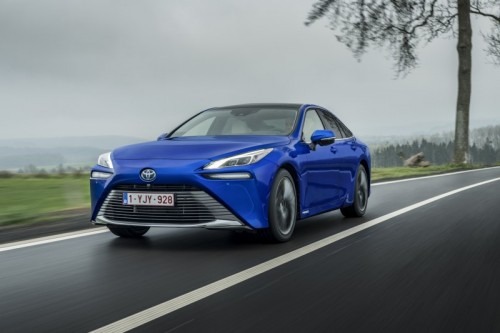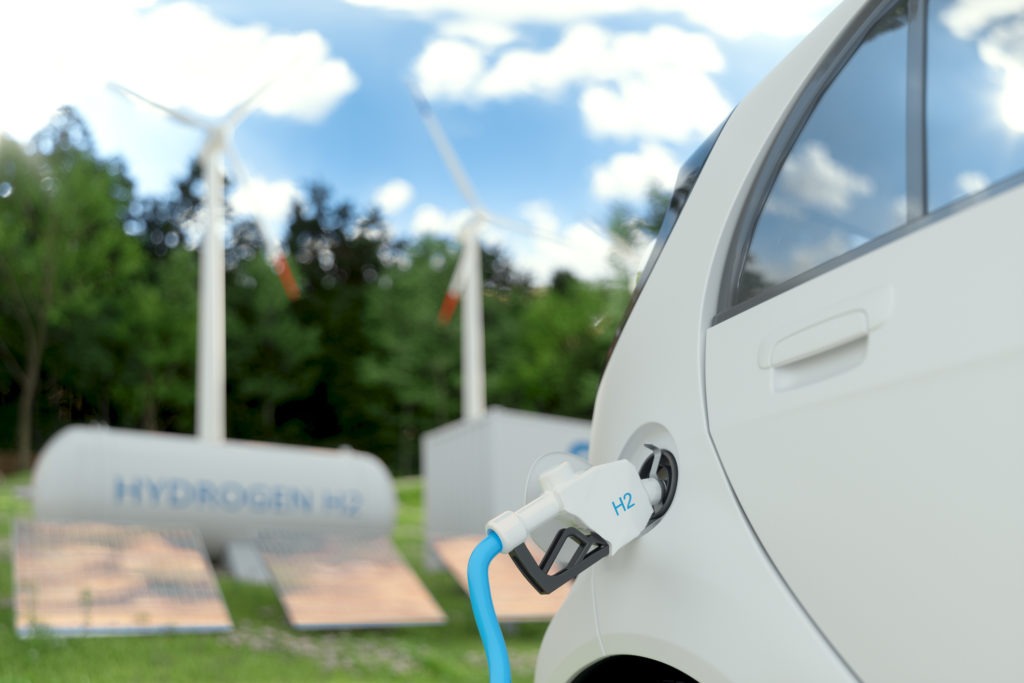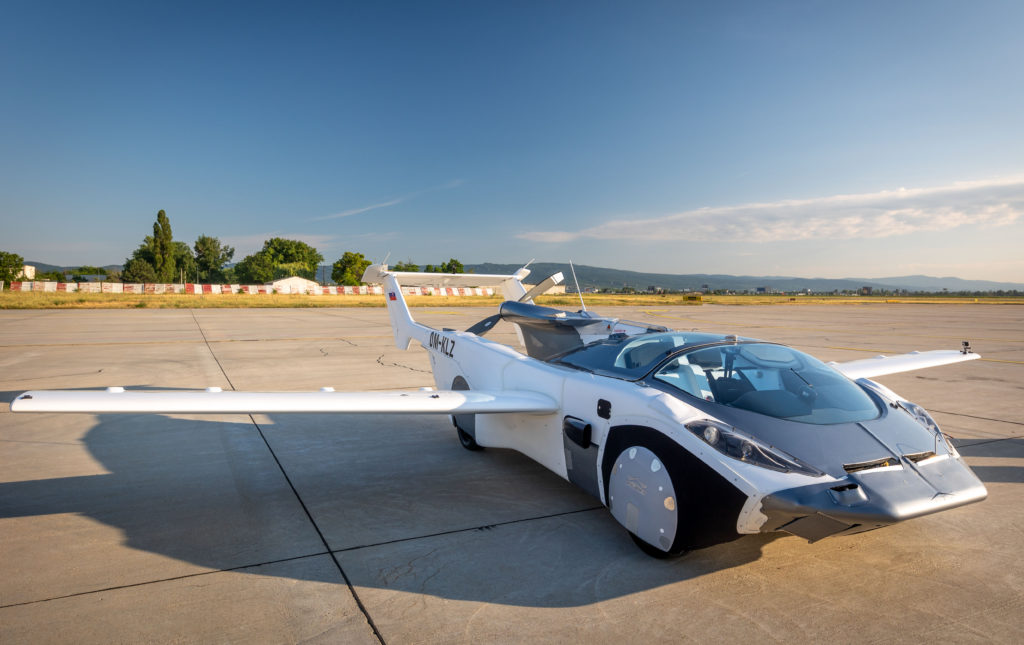Germany provides millions for Toyota’s hydrogen cars
17 February 2022

The German government has been promoting fuel-cell technology for years, with Toyota’s mobility brand Kinto set to receive millions in funding as part of the National Innovation Programme Hydrogen and Fuel Cell Technology (NIP II). Kinto’s leasing offers for the second-generation Toyota Mirai will benefit from this latest financial backing, which has a funding volume of up to €12 million.
The funding will boost the market activation of fuel-cell cars in the country, with the Mirai seemingly ticking all the right boxes. Toyota has called its Mirai a ground-breaking, zero-emission hydrogen fuel-cell electric sedan. It comes with three hydrogen-fuel tanks, contributing to an increase in the car’s driving range to around 650km.
Multi-technology approach
Toyota is eager to explore the environmental benefits of sustainable hydrogen, which it views as a viable source of carrying and storing energy. The Japanese carmaker’s interest in hydrogen dates back to 1992, when it began developing hydrogen fuel-cell electric vehicles (FCEVs). It presented the Mirai to world markets in 2014, seeing it as a breakthrough in hybrid technology. Its Kinto brand, which it launched in 2020, bundles together various mobility products and services in Europe – including leasing offers for the Mirai.
‘Through hydrogen technology, we are making an important contribution towards decarbonisation – on the roads as well as in very many other areas of our daily lives. Toyota also provides fuel-cell technology for application in ships, railways, forklifts, buses as well as for stationary use as a zero-emission generator,’ said André Schmidt, president of Toyota Germany.
‘The Mirai is an impressive example of our multi-technology approach. We offer different models and powertrains for different needs – from efficient internal-combustion engines (ICE) to hybrid and plug-in hybrid models as well as electric and fuel cell vehicles.’
The Mirai is a best-selling FCEV. The five-seater converts hydrogen into electrical energy in the new fuel cell, which received a powerful upgrade when Toyota launched the second generation of the vehicle. The newer model has greater drivetrain efficiency compared to its predecessor, boasting a 30% longer range. Refuelling the car is quick and should be completed within five minutes.
Hydrogen strategy
Toyota emphasises that the only emissions the Mirai produces are water vapour. However, hydrogen is often made from fossil fuels, labelled as ‘blue’ or ‘grey’ hydrogen. Critics point out that even carbon-capture technologies do not make these types of vehicles as green as battery-electric vehicles (BEVs) powered by renewable energy.
However, the German government views fuel-cell technology as a way to make mobility more sustainable. Former transport minister Andreas Scheuer declared last year that Germany would become a ‘hydrogen country’. The state is heavily investing in hydrogen research and its emission-free technologies, putting a focus on combining it with renewable energies and batteries to make them more environmentally-friendly.
Germany has numerous hydrogen projects lined up and has a national hydrogen strategy in place, setting out to become a global leader in this field. The strategy includes an action framework for the future production, transport, and use of hydrogen that it views as a necessary way to help achieve climate goals.
‘Kinto’s decision clearly illustrates that the fuel cell also has a future in mobility applications,’ said Kurt-Christoph von Knobelsdorff, managing director of Now GmbH, a federally-owned company whose founding mission is the NIP II. ‘With this funding, the Federal Ministry of Transport is continuing its targeted support towards sustainable drive technologies, all of which are essential to facilitate climate-neutral mobility.’



